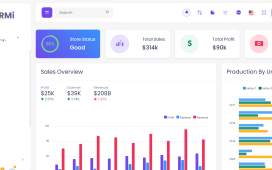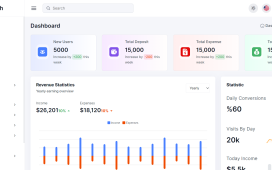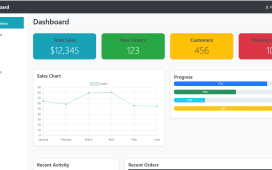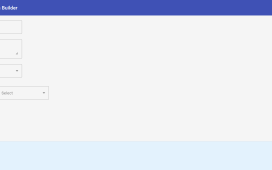Adding a sitemap to an Angular application is a good practice for improving the SEO (Search Engine Optimization) of your site. A sitemap is an XML file that lists the URLs of a site along with additional metadata about each URL (like when it was last updated, how often it changes, and its relative importance compared to other URLs on the site). This helps search engines like Google better crawl your site.
Here’s a general process on how to add a sitemap to an Angular application:
1. Generate the Sitemap
Since Angular applications are single-page applications (SPAs), the URLs are typically handled client-side, which means they’re not immediately available to search engines. You need to generate a sitemap dynamically or manually update it as your site changes.
Using a Server-Side Solution
One common approach is to use a server-side solution to generate the sitemap. For example, if you’re serving your Angular app with a Node.js backend, you can use a package like sitemap.js to generate a sitemap dynamically.
Here’s a basic example using Express.js and sitemap.js:
- Install the necessary packages:
npm install express sitemap
- Create a server file (e.g.,
server.js) that serves your Angular app and the sitemap:
const express = require('express');
const { SitemapStream, streamToPromise } = require('sitemap');
const { Readable } = require('stream');
const app = express();
const port = 3000;
// List of your Angular routes
const links = [
{ url: '/home', changefreq: 'daily', priority: 0.7 },
{ url: '/about', changefreq: 'monthly', priority: 0.5 },
// add more pages
];
app.get('/sitemap.xml', (req, res) => {
res.header('Content-Type', 'application/xml');
const sitemapStream = new SitemapStream({ hostname: 'https://your-domain.com' });
const xmlStream = new Readable();
xmlStream._read = () => {};
xmlStream.pipe(sitemapStream).pipe(res);
links.forEach(link => sitemapStream.write(link));
sitemapStream.end();
});
// Serve your Angular app
app.use(express.static('path_to_your_angular_app'));
app.listen(port, () => {
console.log(`Server is running on http://localhost:${port}`);
});
2. Update Your robots.txt
To help search engines find your sitemap, add a reference to it in your robots.txt file, which should also be served from your server:
User-agent: * Disallow: Sitemap: https://your-domain.com/sitemap.xml
3. Submit Your Sitemap to Search Engines
Once your sitemap is accessible via a URL (like https://your-domain.com/sitemap.xml), submit it to search engines. For Google, you can do this through the Google Search Console.
Conclusion
This approach handles dynamic sitemap generation on the server, accommodating the SPA nature of Angular. If you have a static site or if your URLs don’t change often, you might consider manually creating the XML file and updating it as needed. For more automated solutions in complex applications, consider implementing prerendering or server-side rendering (SSR) with Angular Universal, which can also enhance SEO.







Recent Comments